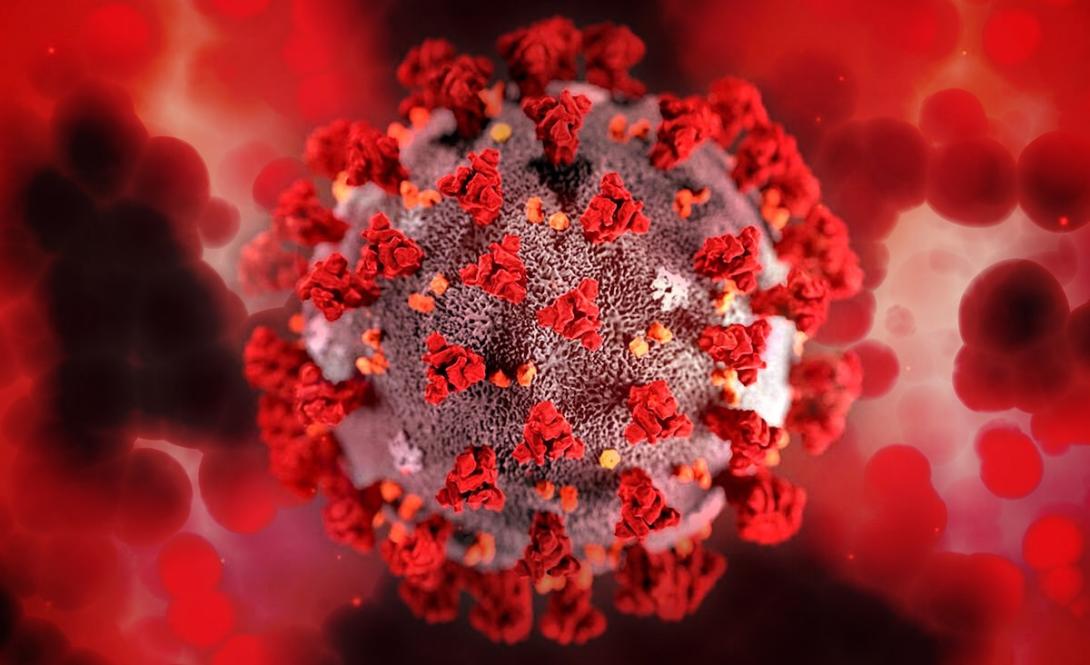
A week after forecasting that the state might reach herd immunity from COVID-19 by Christmas, top state researchers said this week that progress on taming the current spike in infections has slowed.
The Thursday, Oct. 21, Oregon Health & Science University forecast, said state hospitalizations driven by the highly contagious delta variant won’t fall below 400 until Thanksgiving.
Dr. Peter Graven, the lead health metric forecaster for the state's top medical research university, said people in Oregon were returning to higher risk behaviors such as large indoor gatherings faster than was expected. Combined with more small group socialization, colder weather bringing activities indoors where contagion is more likely, less adherence to mask wearing and social distancing, and a still tepid pace of vaccination are pushing recovery into 2022.
“Fatigue is setting in,” Graven said in a statement on the new forecast. “The overall masking rate is staying high, but other behaviors are back to pre-surge levels and that is going to generate more infections.”
Graven had said Oct. 17 that 177,000 more infections and up to 700 more deaths would occur before the state reached the level where 85% of people are either vaccinated or have been exposed to the virus. Now, those numbers are likely too low.
Adding to the delay are reports of waning efficacy of the initial round of vaccines. Graven reduced the forecast’s presumed rate of vaccine efficacy from 95% to 90% based on published estimates.
Putting the behaviors and revised vaccine data together shows that 24% of the state is now susceptible to infection.
The Oregon Health Authority late Friday, Oct. 22, gave the green light for booster shots of vaccines following guidelines set out by the federal health agencies. Graven said the data he and his team received revealed that unvaccinated people were more likely to visit restaurants and go to a large event than those who are vaccinated.
Just under half of people who are unvaccinated wear masks as required in many situations under an Aug. 13 state directive. That’s compared to 89% of vaccinated people.
“Unvaccinated people are much more likely to report not wearing a mask at all, which may be their only defense against a highly contagious virus,” Graven said.
You can reach Gary A. Warner at [email protected].
This story was originally published by Oregon Capital Bureau.